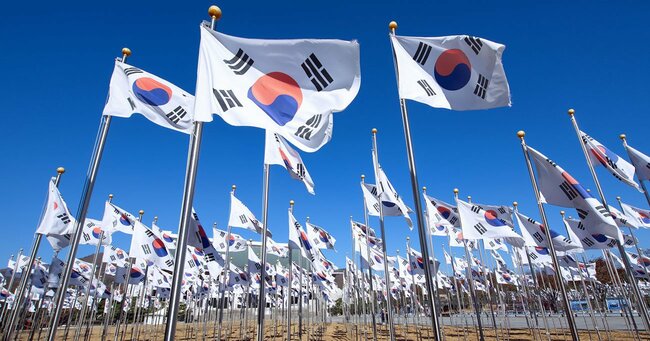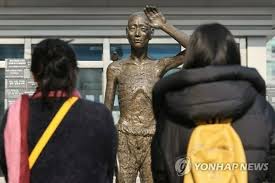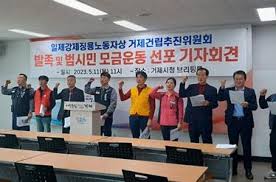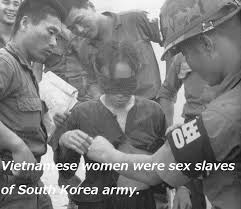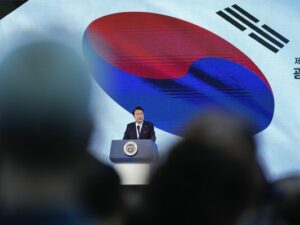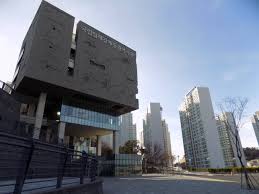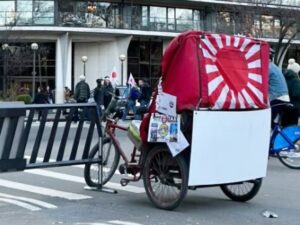Seoul Yonhap News — The Supreme Court of South Korea ruled on May 30 that a Korean sculptor and his wife, Eunseong Kim and Soyoung Kim, who created a statue of a laborer who was recruited from the Korean Peninsula during Japan’s colonial rule, did not find that they were libelous for claiming that the statue was modeled after a Japanese man. On August 30, the Supreme Court reversed the second trial court ruling that the plaintiffs had partially won their case, and sent the case back to the Uijeongbu District Court for further proceedings. In August 2019, Kim Won, a city council member, claimed through an exchange website (SNS) and materials for the press that the model for the worker statue was a Japanese national who was freed after being forced to work in Japan in 1926. In response, the Kims filed a lawsuit claiming that this was a false statement of fact and an act of defamation. The Kims argued that the Japanese were not the models. The first trial court dismissed the Kims’ claim for damages, but the second trial court ruled that the Kims’ statement was “a definite and specific statement of fact, the content of which is false and contrary to the facts,” and ordered the former city councilor to pay 2 million won (approximately 230,000 yen) in compensation to the Kims. On the other hand, the Grand Court noted on the same day that there was room to view Kim’s statement as “an expression of his opinion that the workers’ statue closely resembles a photograph of a Japanese worker. He stated that how a work of art is viewed is a matter of subjective evaluation by the viewer from the moment the work is shown to the public, and that “we need to be cautious about immediately characterizing this as an indication of a concrete fact that satisfies the requirements for the establishment of defamation. He also noted that the photo of the Japanese man who was pointed out to resemble him had long been introduced in Korean textbooks as a Korean laborer who had been drafted into the Korean labor force. Kim Won said that he had reason to believe that what he was claiming was the truth. On the same day, the Supreme Court also ruled on the same issue in a lawsuit filed by the Kims against Lee Woo-young, a research fellow at the Falling Sun Institute for Economic Research. The second trial court ruled in favor of the plaintiffs. Lee is known as the co-author of “Anti-Japanese Tribalism,” which became a bestseller in Korea and Japan. In addition to the workers’ statue, Mr. and Mrs. Kim have also worked on the “Girls of Peace” statue, which symbolizes the victims of the former Japanese military comfort women.
